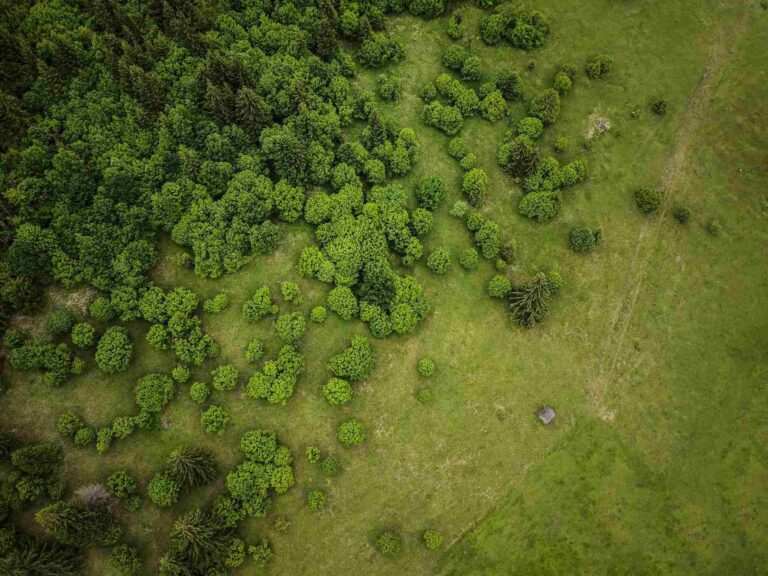Absorbing carbon dioxide emissions is essential to keep global warming within the 1.5 degree Celsius threshold. This has been known for some time now, which is why it is essential to put in place as many activities as possible to remove carbon dioxide from the atmosphere.
Thus, there is talk of devices to suck up CO2, of machines capable of lowering the level of carbon in the water of the oceans, and of course of reforestation activities.
And indeed, for years now there has been a lot of focus on reforestation projects, but there are some obstacles that cannot be overlooked. Planting trees is a good solution, but there are many problems.
Table of Contents
Planting trees to combat climate change: why more should be done
In short, reforestation activities are taking place in different corners of the planet. However, it cannot be taken for granted that these activities are sufficient, quite the contrary.
Apart from the deforestation processes that are still taking place, as for example in the Amazon rainforest, all the hectares of forest that are destroyed by fire must be taken into account. Just think of the huge fires that hit the western United States a few years ago.
And it must also be taken into account that precisely these phenomena will become increasingly frequent as climate change progresses. For all these reasons, it is therefore crucial to significantly accelerate and multiply the current reforestation activities. So that the predefined goals can actually be met.
Read also: What is afforestation: planting trees on a large scale for a sustainable tomorrow
Reforestation: the problem of nurseries
Reforestation is not about just planting trees. In fact, it is necessary to ensure that the new plants grow. With continuous management and protection of the new forests.
As explained in the pages of National Geographic by Greg Edge, forest ecologist at the Wisconsin Department of Natural Resources’ Division of Silviculture, ‘It’s not just about planting trees. It’s about doing it knowledgeably and in the right way. You can’t just come back after 100 years and find a forest’. The risk is therefore that of wasting shoots and soil on plants that will then not grow.
And even before that, upstream, it is mandatory to ensure a sufficient quota of sprouts. And thus of young seedlings to be planted in future forests. Here the problems encountered are many. Starting with the difficulty of finding a workforce to employ in the nurseries.
The workers must in fact be properly trained to know and predict the release times of the seeds of the various species. Also, to know how to clean the seeds without reducing their effectiveness, to know how to store them, and so on. It must also be said that recruitment difficulties are also increased by the location of the nurseries themselves. Which are often very far from the cities.
It should not be forgotten that the nursery business is far from easy. Those who want to start such a business know that major investments will be necessary to set up the production site, to buy land and fertilisers. All with the certainty that in the first few years earnings will be nil or very low.
Read also: Carbon capture and storage: a promising strategy to tackle climate change












